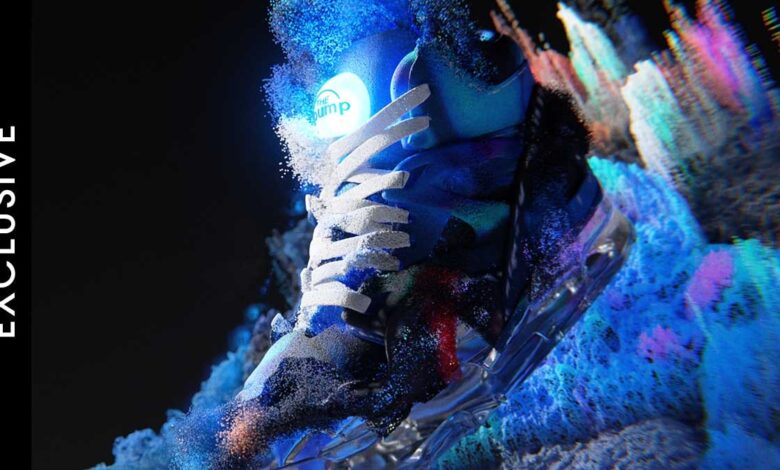Brands are unleashing generative AI design tools for customers

Generative AI has enjoyed a generous hype cycle in fashion and marketing because of its ability to enable most people to quickly create professional-looking, artistic images and videos with simple prompts, often inviting a playful call-and-response process that provokes engagement and delight. It can also produce fantastical content that wouldn’t normally be accessible. For brands, this translates into a practical use of generative AI, which can personalise products at scale and can be implemented relatively quickly. By putting the reins in the hands of consumers, brands are also able to experiment with less scrutiny — while collecting data on what sticks.
“Sometimes with emerging technology, we talk a lot about five years, 10 years, and we ignore the practical applications,” says Becky Owen, CMO of Billion Dollar Boy, who heads the agency’s innovation unit, Muse, leader of the AI experiments across Versace and Loewe that invited creators to generate social media content featuring their products.
It’s also a way to capitalise on the zeitgeist of AI curiosity while reinforcing a brand’s popular styles or marketing new products. “Our view was, we want people to experience this,” Senderoff says. “A lot of people don’t know what AI is. They have theories — ‘Does AI hurt my creativity? Does it help my creativity? How do I even access it?’ — but few have the accessibility to play around with it. We’re massive believers in the collaboration theory of AI versus the displacement theory that a lot of people have.”
DIY designs drive engagement and personalisation
Reebok’s experience lets each user generate four free digital shoes before making a purchase, and if they buy one, they can start the process again. The tool is accessible via a direct message on Instagram, usually a specifically designed AI chatbot, to hopefully enable a process that is natural and accessible, Senderoff says. People who pay to download the digital files also receive them in a crypto wallet as an NFT, but this element is intentionally kept under the hood, she says, primarily to prepare for an anticipated interoperable future, in which people can own and wear the same digital fashion item in multiple virtual spaces.
Reebok is hosting a contest to physically produce at least 30 one-of-one physical shoes inspired by top digital designs, but a future challenge will be considering how to scale phygital production.



